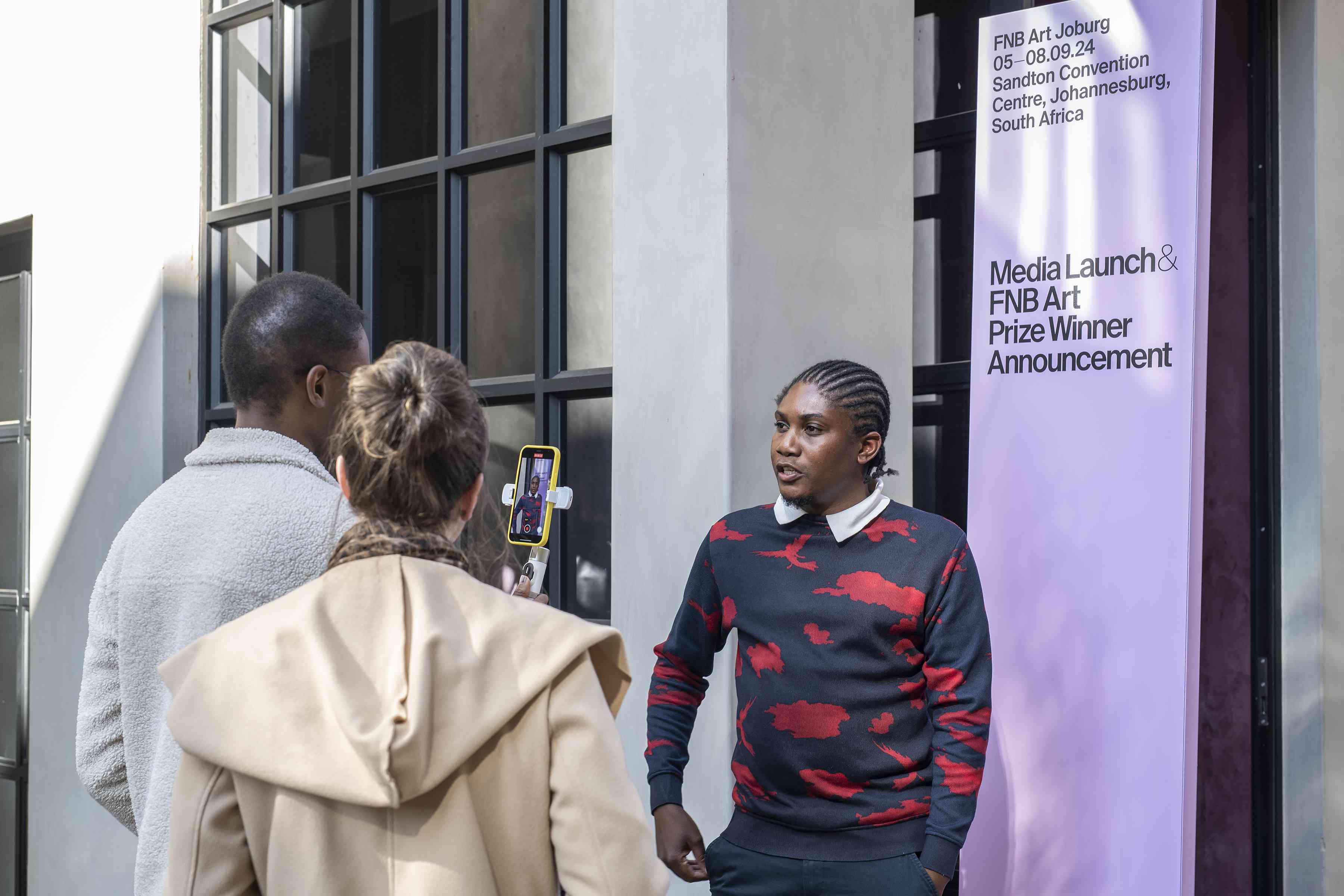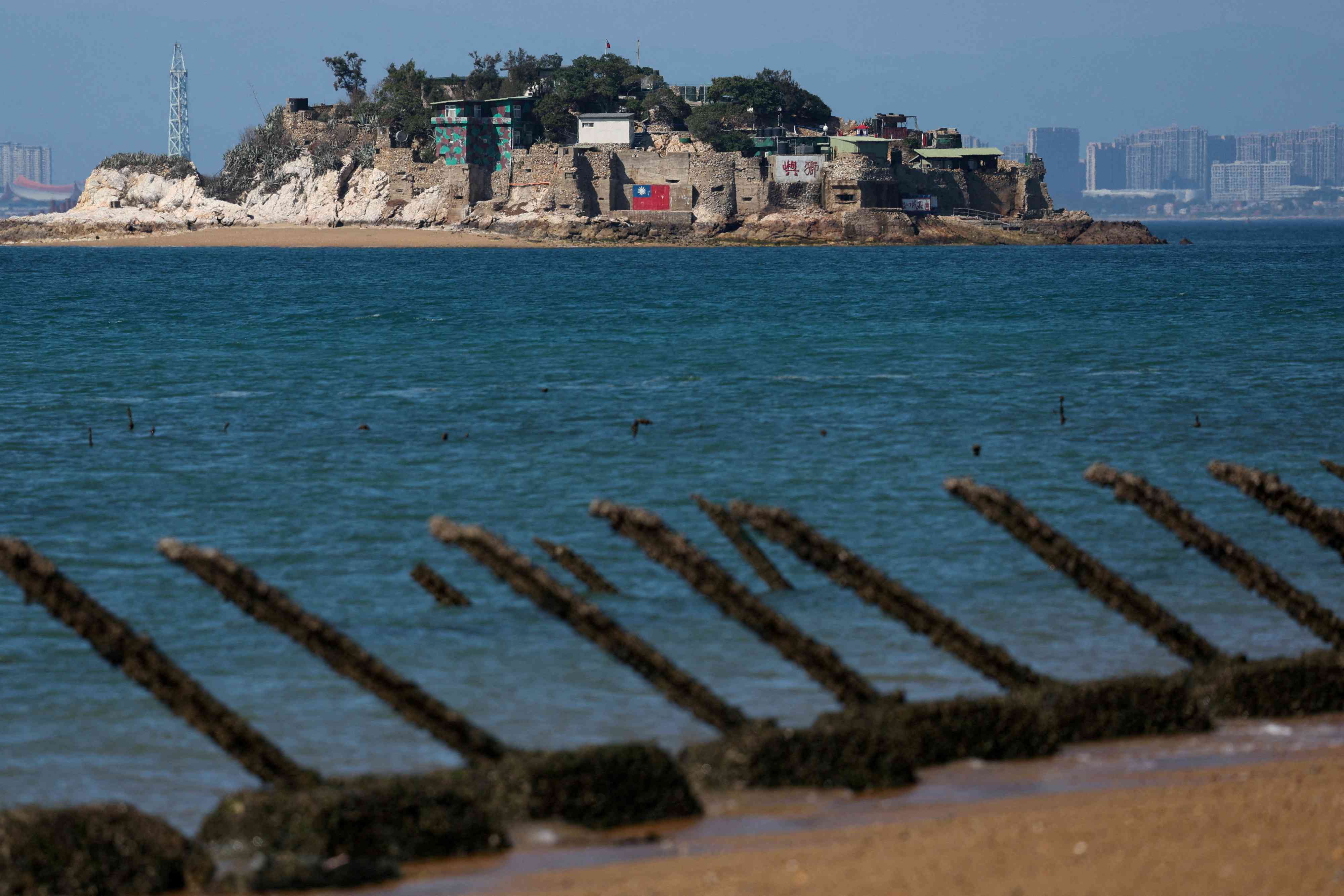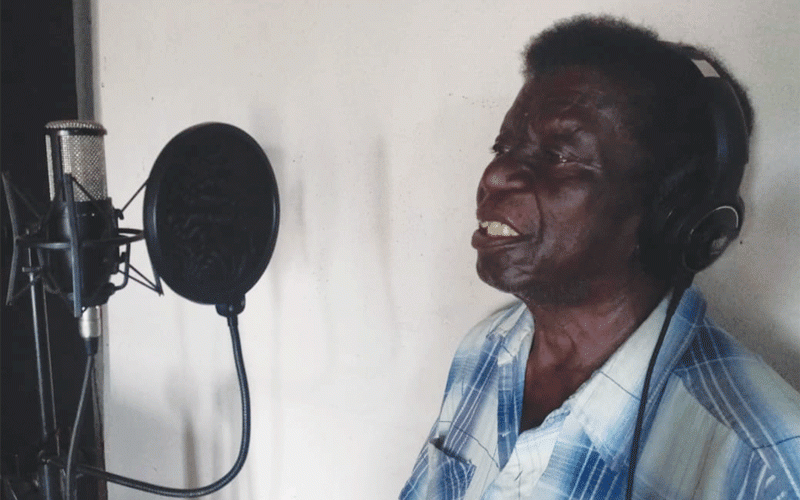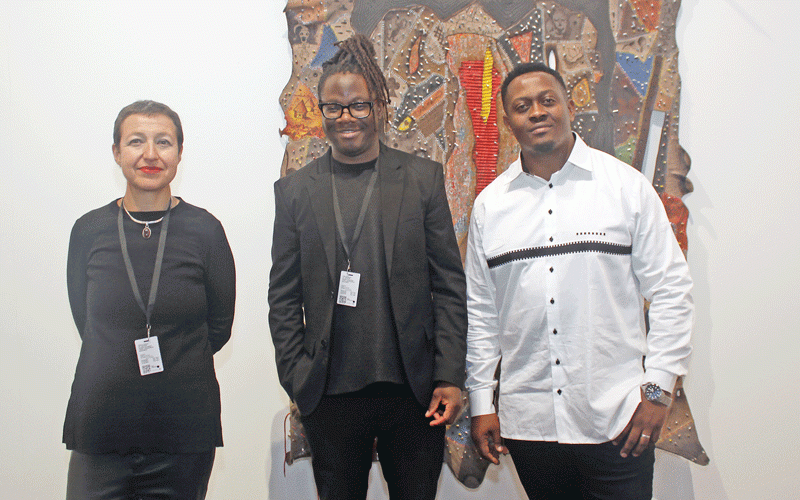
THE recent announcement that visual artist Gresham Tapiwa Nyaude is this year’s winner of FNB Art Prize comes after similar achievements by three fellow Zimbabweans Wycliffe Mundopa (2021), Portia Zvavahera (2014) and Kudzanai Chiurai (2012).
Each winner represented the country well in their unique way.
Nyaude’s turn brings a different meaning to the award, for which he deserves acknowledgement for humanising the economically marginalised and those banished to live on the fringes of society.
Sponsored by FNB Bank, the annual prize is part of the financial institution’s drive in support of the creative economy in South Africa.
The financial institution’s goal is to sustain a commercial cultural ecosystem that centres practitioners based on the continent and in the diaspora; which includes the international art fair FNB Art Joburg.
Artists generally agree that there is no competition.
Awards for creativity do not define the artist, the recipient defines the award and becomes a reflection of the sponsors’ values.
After Mundopa, it is the second time an artist from First Floor Gallery (FFG) has brought home the honours.
- Retrospect of art as therapeutic tool
- Retrospect of art as therapeutic tool
- Zvepano exhibition offers female perspectives on social issues
- The community arts and HIV-AIDS linkages
Keep Reading
So far, FFG is the only institution from the country to have an artist from its stable bag the prestigious award.
The other Zimbabwean artists to raise the national flag were represented by South Africa’s Stevenson Gallery, and Goodman Gallery.
Founded in 2009 FFG has been at the forefront of promoting Zimbabwean art at home and abroad.
The gallery, which turns 15 in December, has sent many young artists to international art fairs and residencies, where they have received acclaim and accolades prompting co-founder and director Valerie Kabov to fondly call them “rockstars”.
Nyaude, who in the early stages of his career might have been compared to Misheck Masamvu or Francis Bacon has become his own man.
Adjudicators praised his technique and commended his use of satire, noting that: “There is a compelling balance between hope and political resistance . . .”
The jurors’ summations are borne out of the artist’s current solo exhibition at FFG Harare which officially opened on July 7.
Dubbed Immanentize the Eschaton, the show consists of new work which at a casual glance might seem difficult for the layman, but easily yields to the heart of a contemplative audience.
Transcending the art historical canon the artist’s deep empathy and connection with his subject helps underprivileged viewers to circumvent the demand for a cerebral visual literacy.
Locals will understand his work not only because it speaks about them and their experiences, but also from understanding that the artist is one of them.
The title to Nyaude’s exhibition may be a mouthful, but it reflects how the artist is influenced by language.
Verbal expressions used by indigenous people through metaphors, idioms, proverbs and urban slang are translated into a visual language by the artist.
For his latest exhibition a noticeable development is how the subject is sometimes totally subsumed in their contorted posture to the extent that the viewer can only see a pile of body parts.
The effect is a graphic reminder of the phrase “Mabvi neMagokora”, which is a title to a song by celebrated sungura musician Nicholas Zacharia, popularly known as Madzibaba.
Zacharias’ reductive figure of speech, which can be literally translated to “knees and elbows”, is a picturesque description of a desperate supplicant.
A similar agency to Madzibaba’s figure of speech emanates from Nyaudes’ figurative painting.
Nyaude’s work largely speaks to those who are struggling to survive.
He portrays their resistance against defeat, which too often results in failure and demolition, leading some to yield to the vices of alcohol and drug abuse in attempts to escape pain.
The moonshine bottle with a red cap in one of the paintings alludes to this daily grind.
The bottle represents many other variants which are a familiar sight along the streets and alleys, at dumpsites and part of trash washed out from storm drains after a heavy downpour.
Those who have been following the FFG artist’s work may notice that his latest presentation is a balance between the familiar and new.
His growth and development can be measured through subtle and minute variations which are seismic in effect such as the use of an inverted Nike symbol.
On the surface, Nyaude’s appropriation of the luxury Sportswear Company’s logo appears to be a subversion of its commercial interests in contrast to the strife plaguing Nyaude’s subject.
In spite of their aspirations, the characters in artist's work cannot as per Nike’s motto “Just do it” something has to give.
The Nike reference may also be riffing on the ubiquitous presence of cheap knock-offs and second-hand imports, particularly concentrated on the streets of Mbare, where the artist grew up.
The chair is a recurrent motif in Nyaude’s work, where it is variously treated as object and as the subject.
In some paintings, the chair is more than a rigid passive prop rendered in fluid lines and pulsating colours, the piece of furniture appears ready to spring into action.
In the enchanted world conjured by Nyaude, the furniture can be suspected of instigating or colluding with whatever shenanigans the sitter is up to.
One of the paintings has a forlorn unoccupied chair in front of disembodied arms with hands pointing at the piece of furniture as if in accusation.
The exhibition includes two armchairs presented as part of an installation.
Physical manifestation of the chair concretises the grave realities behind their symbolic reference.
Nyaude’s recognition by the FNB Art Prize matters because it acknowledges his vision, message and technical proficiency.
The characters he portrays are real people such as the homeless and out of work people he passes along Julius Nyerere Way on his way to art school at the National Gallery of Zimbabwe.
Sadly, many people passing the same way would dismiss such people as a bunch of “winos”.
Nyaude, however, elevates their humanity.
To “Immanentise the Eschaton” is a term from political theory that describes efforts to create utopian conditions in the world.
But even though he cannot save them, the young artist’s redemptive gaze is liberating to those who are about to die.










